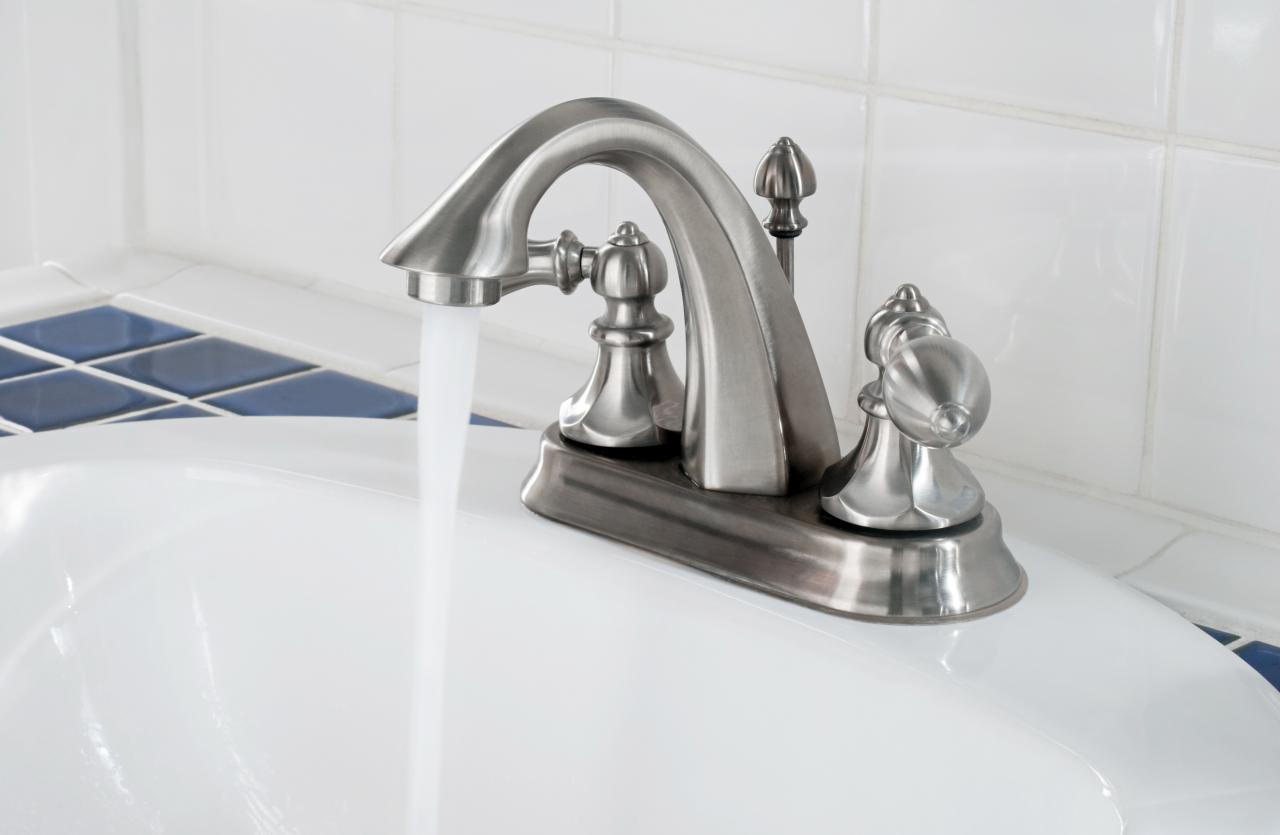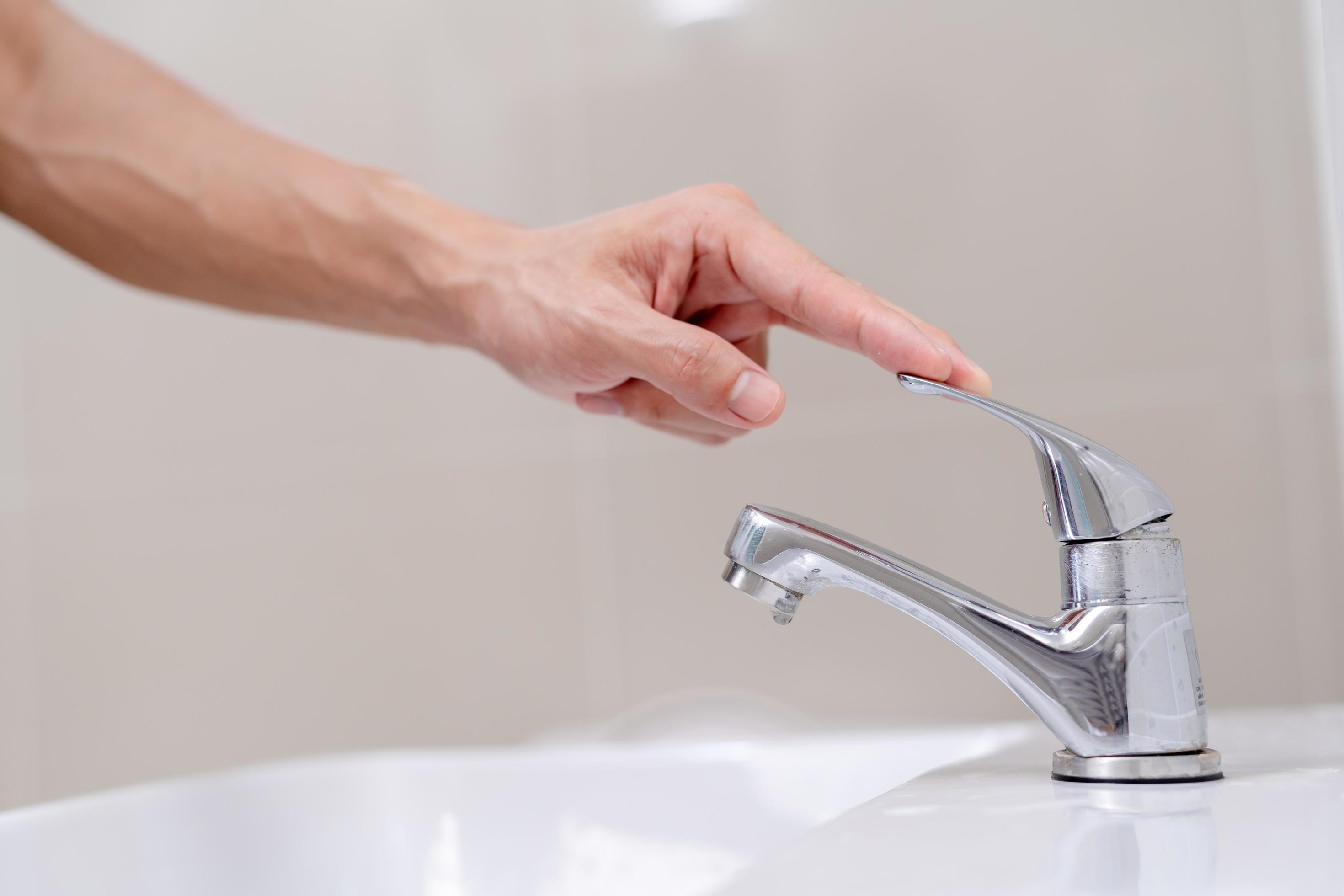Water Pressure Analysis

Bathroom faucet shuts off by itself – Excessive water pressure can put stress on your bathroom faucet, causing it to shut off by itself. Understanding the causes of high water pressure and how to check and reduce it can help resolve this issue.
The bathroom faucet shutting off by itself can be a nuisance, but it can also be a sign of a larger problem. If you’re looking to update your bathroom, consider using pure white bathroom paint. It’s a classic color that will never go out of style, and it can help to make your bathroom feel more spacious and brighter.
However, before you start painting, be sure to fix the faucet so you can enjoy your new bathroom without any worries.
Causes of High Water Pressure
- Malfunctioning pressure-reducing valve (PRV): The PRV regulates water pressure entering your home. A faulty PRV can allow excessive pressure to build up.
- Clogged or corroded pipes: Obstructions in the pipes can restrict water flow, increasing pressure.
- High water demand: Multiple appliances or fixtures using water simultaneously can increase demand and raise pressure.
Checking Water Pressure
To determine if water pressure is excessive, you can use a water pressure gauge. Attach the gauge to an outdoor faucet and turn on the water. The gauge will display the water pressure in pounds per square inch (psi).
If you’re facing the issue of your bathroom faucet shutting off by itself, it could be a sign of a faulty cartridge. For a quick and effective solution, consider checking out our guide on delta bathroom faucet repair one handle.
This comprehensive resource provides step-by-step instructions on identifying and replacing the cartridge, ensuring your faucet operates smoothly again. However, if the problem persists, it’s advisable to consult a professional plumber to diagnose and address any underlying issues with your bathroom faucet.
Normal water pressure for residential buildings ranges from 40 to 60 psi. If the gauge reading exceeds 60 psi, it’s considered high and may require adjustment.
Reducing Water Pressure
- Adjusting the pressure-reducing valve: If the PRV is faulty, a plumber can adjust or replace it to regulate water pressure.
- Cleaning or replacing pipes: Clogged or corroded pipes should be cleaned or replaced to restore proper water flow and reduce pressure.
- Installing a water pressure regulator: A water pressure regulator can be installed on the main water line to reduce pressure throughout the house.
Faucet Mechanism Examination: Bathroom Faucet Shuts Off By Itself
Bathroom faucets typically employ various mechanisms to control water flow, including cartridge, ball, and disc mechanisms. Each type possesses unique characteristics and potential issues that require specific troubleshooting and repair approaches.
Cartridge Mechanism
Cartridge mechanisms utilize a single replaceable cartridge that contains both the hot and cold water mixing valve and the flow control mechanism. Troubleshooting a faulty cartridge mechanism involves identifying signs of wear or damage, such as leaks or difficulty in adjusting water temperature or flow rate.
Ball Mechanism
Ball mechanisms employ a spherical ball with internal passages that control water flow. Common issues include mineral buildup or wear on the ball or its seals, leading to leaks or difficulty in operating the faucet. Troubleshooting involves inspecting the ball and seals for damage or buildup.
Disc Mechanism
Disc mechanisms utilize two ceramic or plastic discs that slide against each other to control water flow. Troubleshooting a faulty disc mechanism involves inspecting the discs for damage or wear, as well as checking the seals for leaks. Repair or replacement may be necessary if the discs or seals are compromised.
Sensor Troubleshooting

Bathroom faucets equipped with motion sensors offer convenience and hygiene by allowing users to activate and deactivate the water flow without touching the handles. However, if the sensor malfunctions, it can lead to water wastage or inconvenience.
The technology behind these faucets involves an infrared sensor that detects motion within its range. When an object enters the sensor’s field of view, it triggers a signal that opens the water valve. When the object moves away, the sensor deactivates the water flow.
Sensitivity Settings
One potential cause of a faulty sensor is incorrect sensitivity settings. The sensitivity of the sensor can be adjusted to detect motion at different distances. If the sensor is set to a high sensitivity, it may detect false motion, leading to the faucet turning on and off unexpectedly. Conversely, if the sensitivity is set too low, the faucet may not respond to actual motion, making it difficult to use.
To adjust the sensor’s sensitivity, locate the adjustment screw or knob on the faucet body. Typically, turning the screw clockwise increases the sensitivity, while turning it counterclockwise decreases it. Adjust the screw until the sensor responds appropriately to your desired range of motion.
Battery Life, Bathroom faucet shuts off by itself
Another common cause of sensor malfunctions is low battery life. The sensor relies on batteries to power the infrared emitter and receiver. When the batteries are weak, the sensor may not have enough power to detect motion reliably. In such cases, replacing the batteries with new ones should resolve the issue.
